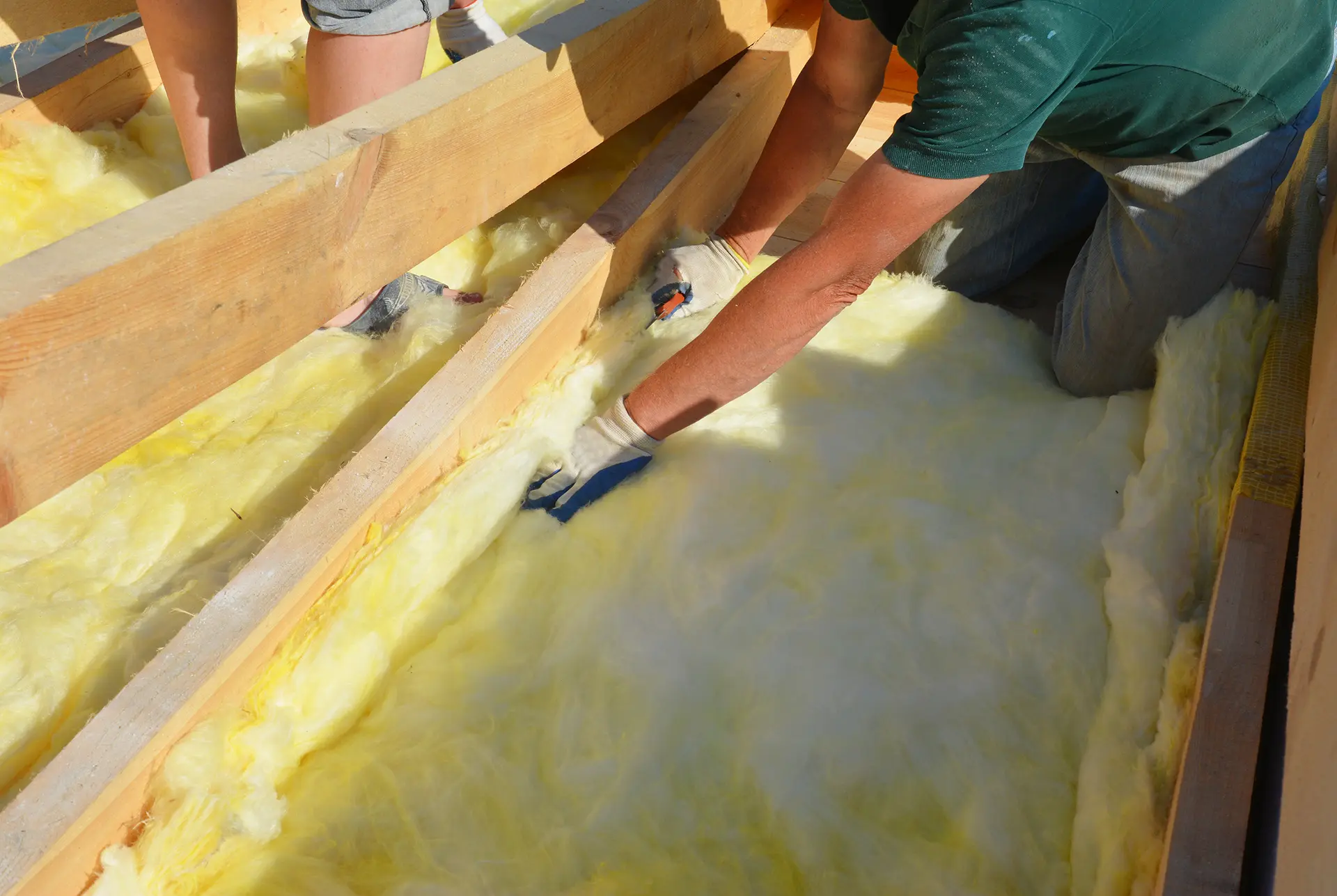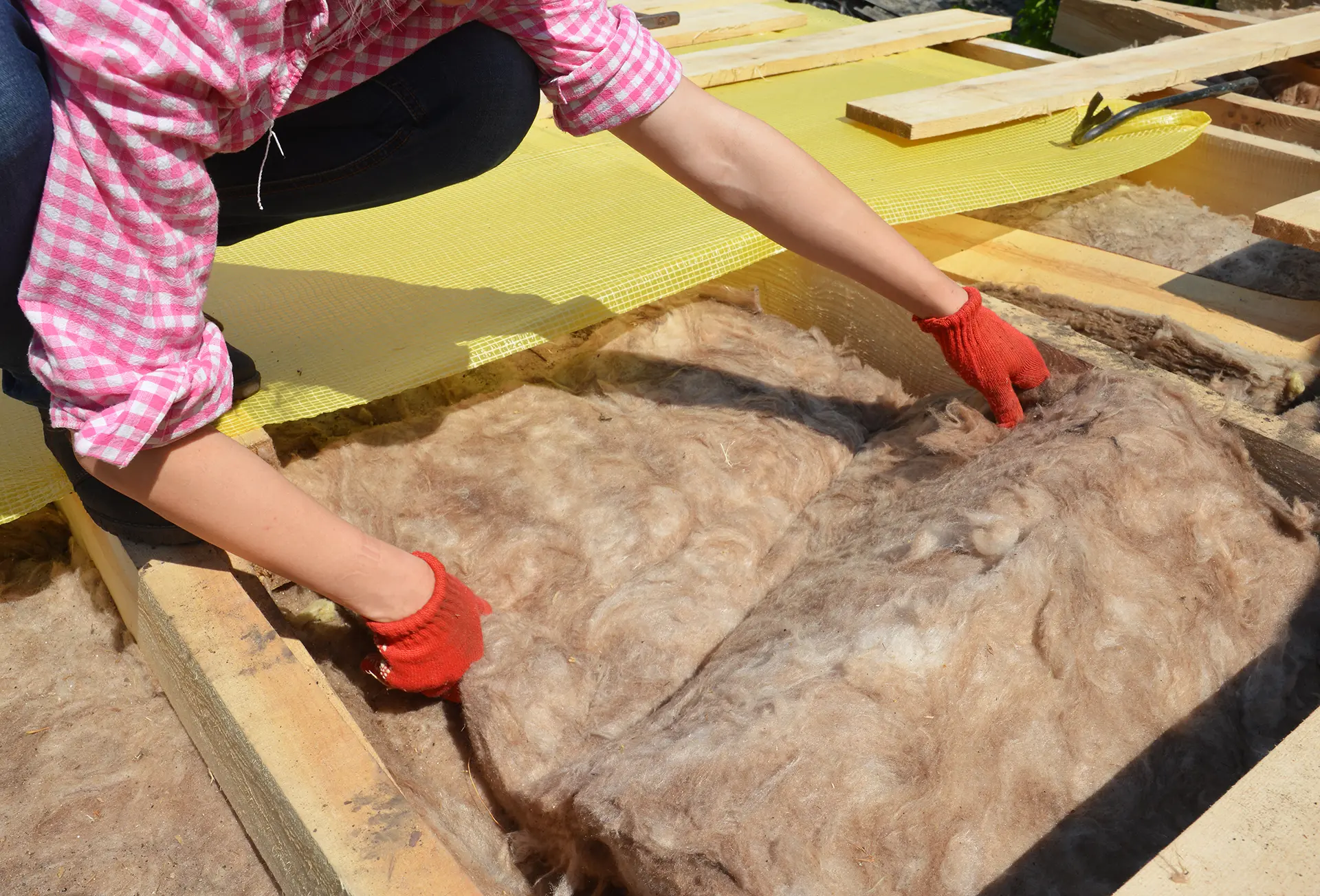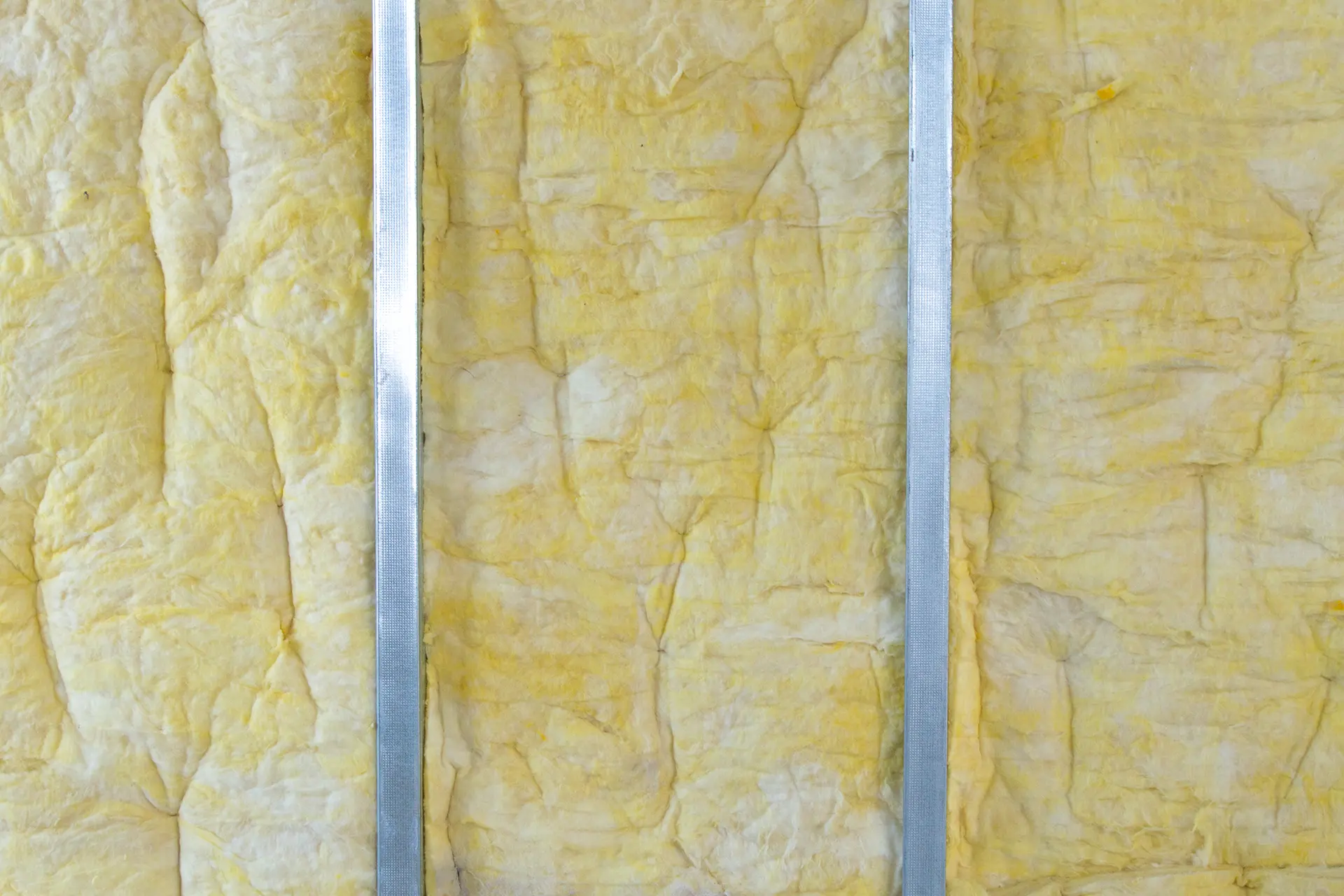Fiberglass Batt Insulation
What It Is
Its easy installation process and relatively low cost make fiberglass batt insulation a common material for residential and commercial insulation projects. Fiberglass insulation can be installed in every type of space:


What It’s Made Of
Fiberglass batt insulation is made with a combination of fine glass fibers and plastic. Here’s what the fiberglass-making process looks like:
How Does Fiberglass Batt Insulation Work?
By capturing air pockets, fiberglass batt insulation hinders—but doesn’t fully halt—the spread of hot air, cold air, and sound. As a result, the amount of air that both enters and escapes your building, decreases. With fiberglass batt insulation, your rooms will stay warm in the winter and cool in the summer. Talk about premium year-round comfort.

What is R-Value?
R-value measures how well insulation materials resist the flow of heat. The higher the R-value, the better insulated a building is. Your area’s climate will help determine what R-value you should look for in insulation. Homes and businesses in colder states necessitate insulation with a higher R-value, whereas insulation with a lower R-value is sufficient for those in warmer states. Since fiberglass insulation can be installed in layers, it offers a high R-value.
Pros & Cons of Fiberglass Batt Insulation
Like any other type of insulation, fiberglass insulation has a mix of benefits and drawbacks. Check them out below.
Pros
Cons
Looking for a Batt Insulation?
Contact Legacy Roofing & Solar Today
As a family-owned and operated residential roofing company, we’re proud to serve families with quality fiberglass batt insulations they can trust. Guided by the principles of quality, safety, and community, our goal is to make clients happy with their building’s insulation. Our insulation contractors have the experience needed to keep your home or business comfortable year-round. Get in touch with us today!
